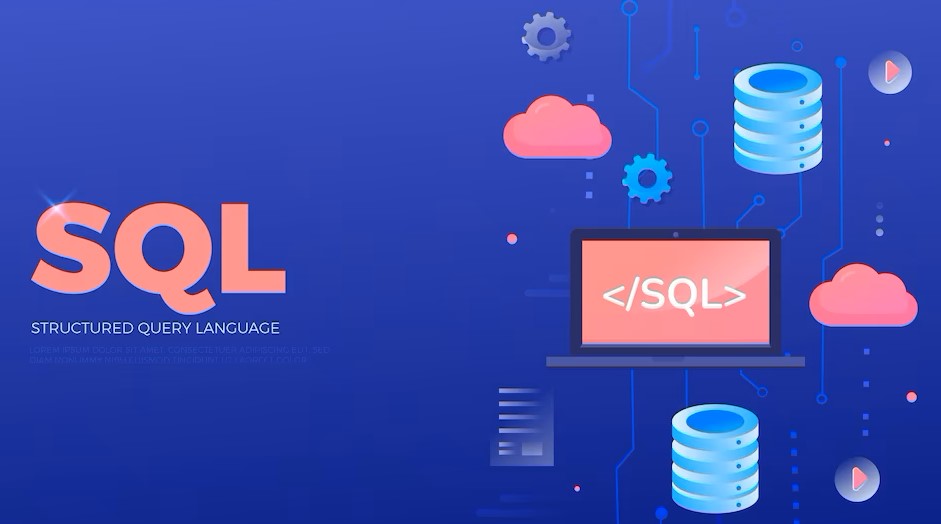SQL Modeling: Are you tired of manually designing your database schema? Do you want to imagine and create the data structure of your dreams? Look no further than SQL Modeling! SQL Modeling allows you to design and visualize your database schema with ease, making data management a breeze. Whether you’re a beginner or a pro, you can create any data structure you desire, from simple to complex. Let’s dive into the world of SQL Modeling!
SQL Modeling 101: The basics you need to know
Structured Query Language (SQL) data modeling is the process of creating a conceptual representation of data structures, relationships, and rules within a database. This process involves identifying entities (objects), attributes (properties), and relationships between these entities, as well as creating a database schema. In this article, we will discuss the basics of SQL modeling, including its benefits, key concepts, and best practices.
Benefits of SQL Modeling
SQL modeling offers several benefits, including:
- Data Integrity: A well-designed data model ensures that data is accurately captured and stored within the database, reducing the likelihood of errors and inconsistencies.
- Performance: SQL modeling helps optimize data structures and relationships, improving database performance and resulting in faster query response times.
- Maintenance: A well-designed data model makes it easier to maintain and modify the database schema as business needs change.
- Collaboration: SQL modeling facilitates collaboration between different teams working on the same database, ensuring everyone is on the same page when it comes to database design and functionality.
Key Concepts in SQL Modeling
- Entities: Entities are objects that exist within the database, such as customers, products, and orders.
- Attributes: Attributes are properties of entities, such as customer name, address, and phone number.
- Relationships: Relationships define how entities are related to each other, such as a customer placing an order for a product.
- Primary Keys: Primary keys are unique identifiers for each record in a table, ensuring that each record can be accessed and modified accurately.
- Foreign Keys: Foreign keys link tables together, enabling the creation of relationships between entities.
Best Practices for SQL Modeling
- Identify Entities and Relationships: The first step in SQL modeling is to identify the entities and relationships within the database. This can be done by creating an entity-relationship diagram (ERD).
- Define Data Types: Once entities and relationships have been identified, data types for each attribute should be defined, ensuring that data is stored in the appropriate format.
- Normalize Data: Normalization is the process of organizing data in a way that reduces redundancy and improves data integrity. There are several levels of normalization, each reducing redundancy and increasing complexity.
- Use Primary and Foreign Keys: Properly defining primary and foreign keys is critical to ensuring data integrity and accurate data retrieval.
- Consider Performance: When designing a database schema, it’s important to consider performance. This includes optimizing data structures and relationships, indexing frequently accessed data, and minimizing the use of complex queries.
The power of visualizing data with SQL Modeling
SQL Modeling enables you to visualize your data in a graphical way, making it easier to understand and analyze. With SQL Modeling, you can create models that represent your data visually, without having to write SQL code. You can see how tables are related and how data is structured, and you can create queries that pull data from different tables. Visualizing data is essential for data analysis, and SQL Modeling makes it easy.
Designing your database schema with SQL Modeling
Designing your database schema with SQL Modeling is a breeze. You can create tables, columns, and relationships between tables visually, without having to write SQL code. You can create indexes, constraints, and triggers, and you can generate SQL code from your models. You can also import/export your models and share them with others. SQL Modeling is flexible, and you can design any data structure you desire.
Getting started with SQL Modeling: A step-by-step guide
Getting started with SQL Modeling is easy. You can download SQL Modeling software, install it on your computer, and start designing your data structure. You can create tables, columns, and relationships between tables visually, and you can generate SQL code from your models. You can also work with existing databases and import/export your models. SQL Modeling has a user-friendly interface, and you can learn it quickly.
Advanced SQL Modeling: Techniques and tips for pros
Advanced SQL Modeling techniques and tips include using views, stored procedures, and functions. You can create views that represent a subset of data from one or more tables, and you can use stored procedures and functions to perform complex operations on your data. You can also optimize your SQL queries and use advanced features like partitioning, indexing, and clustering. SQL Modeling is a powerful tool for advanced users.
Unleashing the Power of SQL Profiles!
Troubleshooting common SQL Modeling issues
Common SQL Modeling issues include syntax errors, data type mismatches, and missing relationships between tables. These issues can be resolved by checking your SQL code, double-checking your data types, and ensuring that relationships between tables are established. You can also use debugging tools to identify and fix issues. SQL Modeling has a helpful community of users who can provide support and advice.
Start designing your data dreams today!
SQL Modeling is a powerful tool that enables you to design and visualize your database schema with ease. Whether you’re a beginner or a pro, you can create any data structure you desire. With SQL Modeling, you can visualize your data, create tables and relationships, and use advanced techniques to optimize your queries. Troubleshooting issues is easy, and the SQL Modeling community is supportive. So why not start designing your data dreams today? The possibilities are endless!












